How do I visit France by camping-car or van?
And if this year, instead of taking the plane, we were going to visit France in camping-car , fitted van or fitted van? Going on a road trip through French regions is exploring their diversity, discovering world-renowned terroirs and visiting must-see sites. It is taking the key of the fields to travel freely, a roaming to stop to sleep where one wants – or almost – to the heart of grandiose landscapes.
France, the most visited country in the world, has treasures and great places to see: you will miss time to see everything and do everything. Are you planning to visit France by camping-car or by van fitted to snail the country's roads? Here's how to plan your road trip in France!
Rent a motorhome near you
10 useful applications for camping-car
Ideas of itineraries in France in camping-car
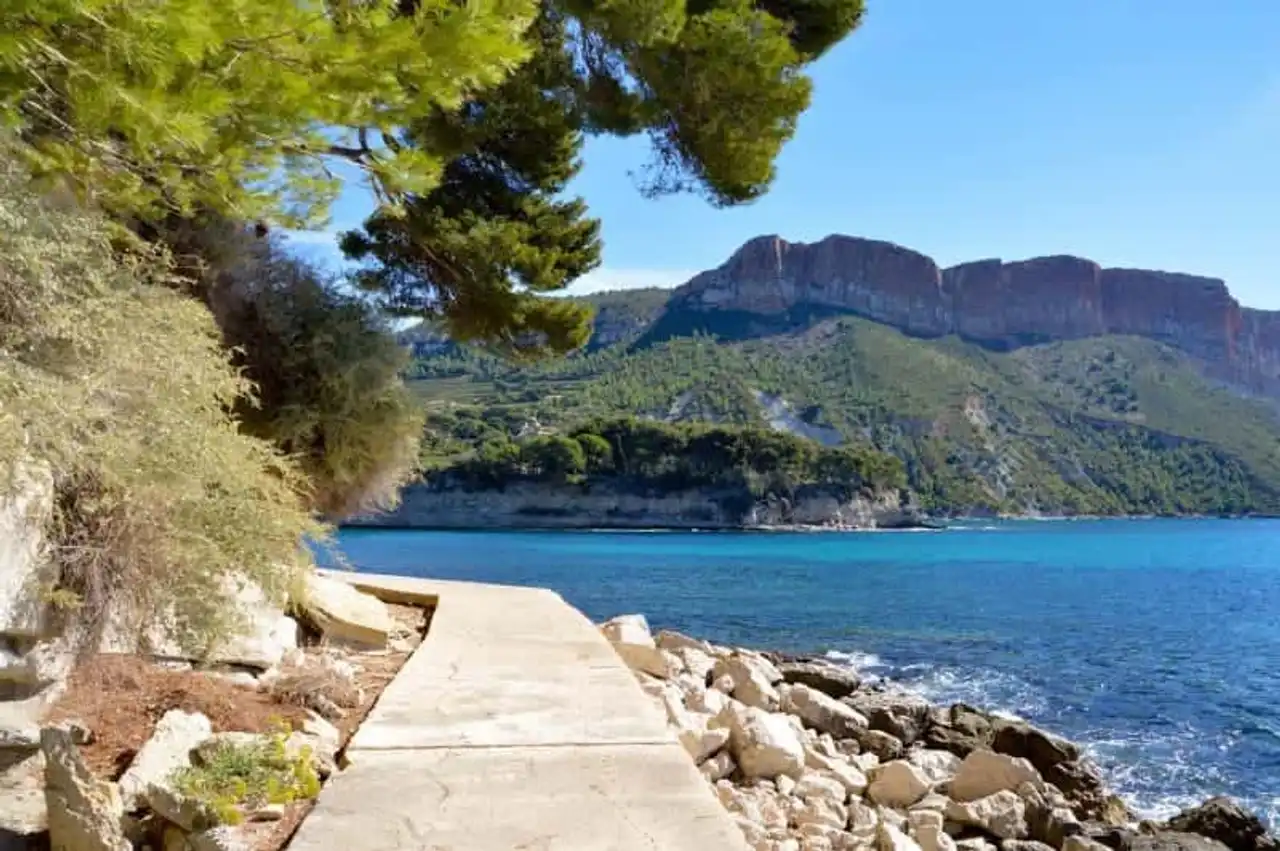
It is impossible to quantify on an exhaustive list places to be seen in France so many. To visit France by camping-car, van or fitted van, you will have to select your steps and forget the idea of being able to see everything in a single stay.
Your itinerary will logically depend on your holiday dates: you don't go to visit France on a camping-car for a week as you go on a road trip for several months. La Provence, the Languedoc, the Atlantic coast, the Breton coast, the dunes of the Cotentin, the landing beaches, the Pyrenees, the Massif Central or the Alps, the Alsace wine route, Châteaux de la Loire , the national parks of the Calanques, the Vanoise and the Cevennes, the regional parks of the Vercors, the Auvergne volcanoes, the Luberon park, the Côte d’Azur, the Ardèche mountains and the Pilat, the Jura mountains, the Vosges... There is so much diversity to visit France by camping-car or in a fitted van, that it will certainly take several years of vacation!
For a week, for example, go to a region or department (to avoid spending too much time on the road): the pink granite coast in Brittany, the Landes, the Provencal Drôme, the Vermeille coast, the Quiberon bay, the Gorges du Tarn or the Gorges de l’Ardèche.
Here are some ideas of itineraries for longer, 15 days to one month:
- Lyon, Grenoble and Chartreuse Park, Chamonix-Mont-Blanc, Parc des Écrins, Parc du Vercors, les monts d’Ardèche
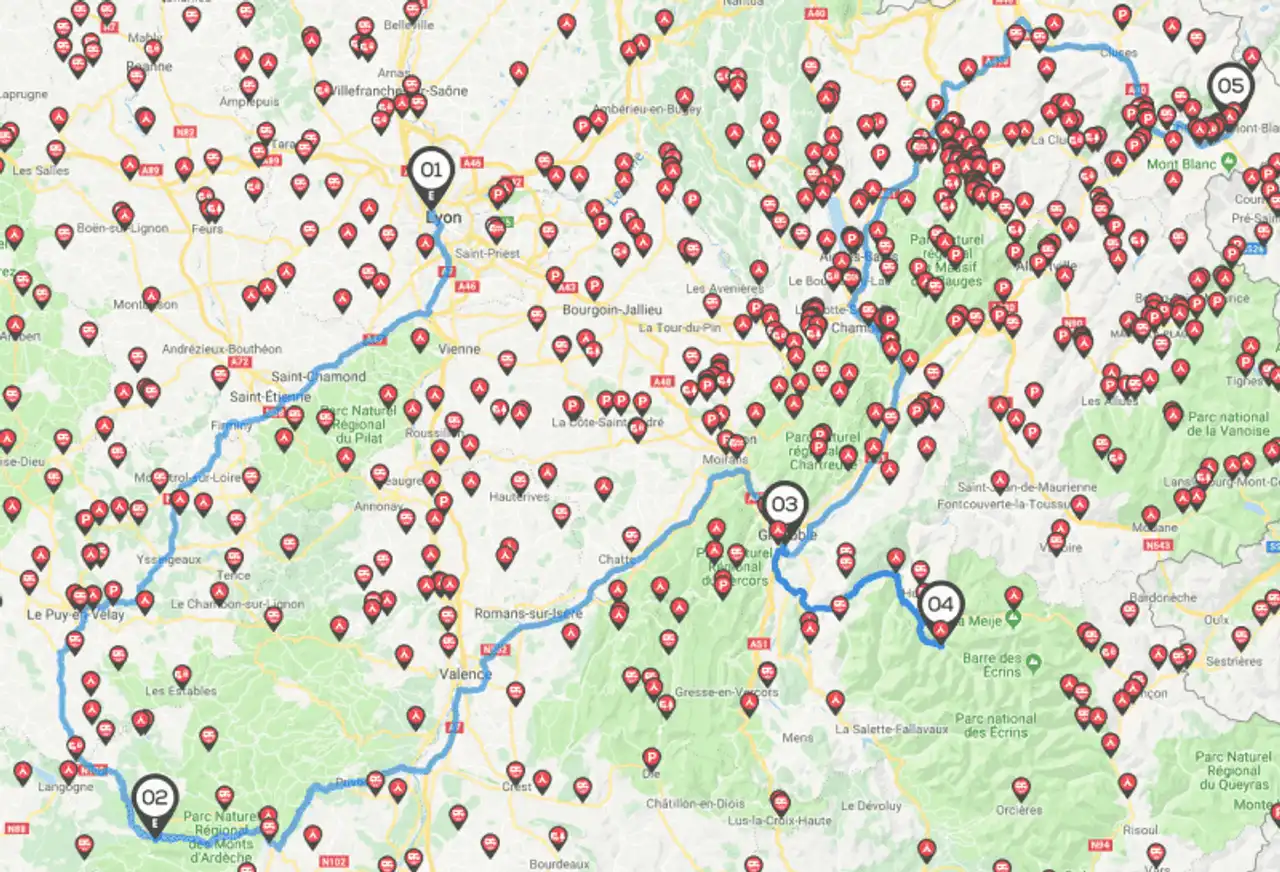
Photo credit: Caramaps
- In the southeast: Avignon, Aix-en-Provence, Marseille, hiking in the Alpilles, the Camargue, bivouac in the Gorges du Verdon, the Colorado Provençal (Lubéron), the Var coast
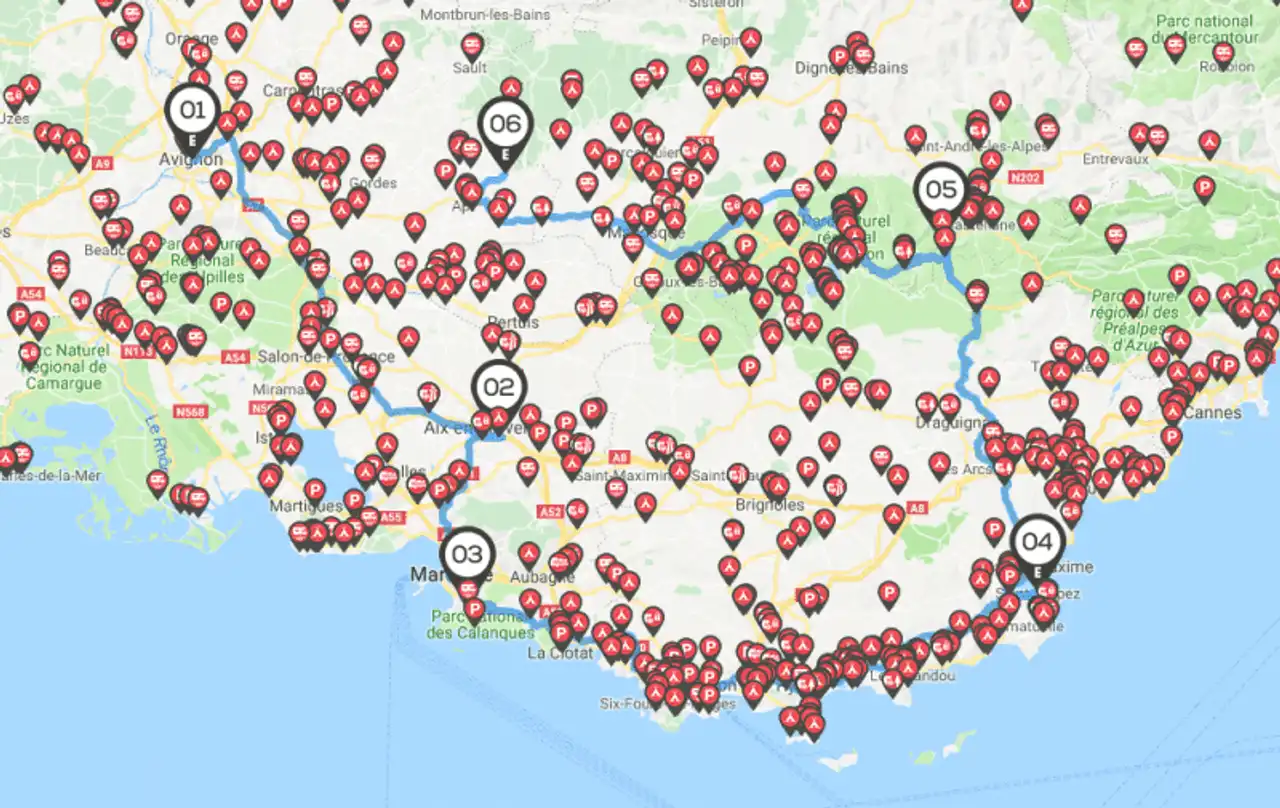
Photo credit: Caramaps
- In Languedoc: the Cevennes, the park of Haut-Languedoc, the circus of Navacelles, Lake Salagou, the Gorges de l’Hérault, Montpellier, Sète
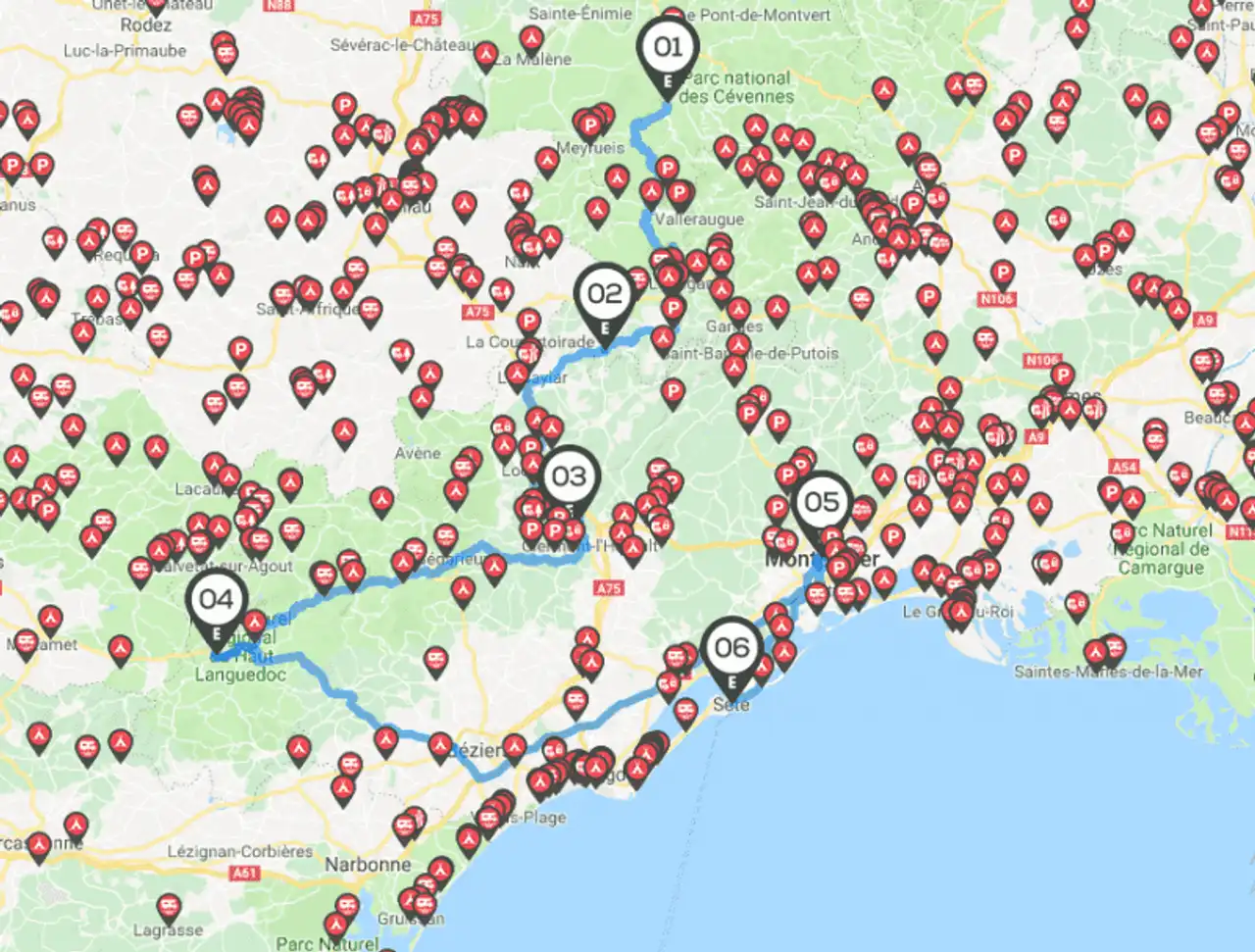
Photo credit: Caramaps
- Toulouse, the Canal du Midi, the Black Mountain, the City of Carcassonne, the Castles Cathares, Parc des Pyrénées ariégeoises
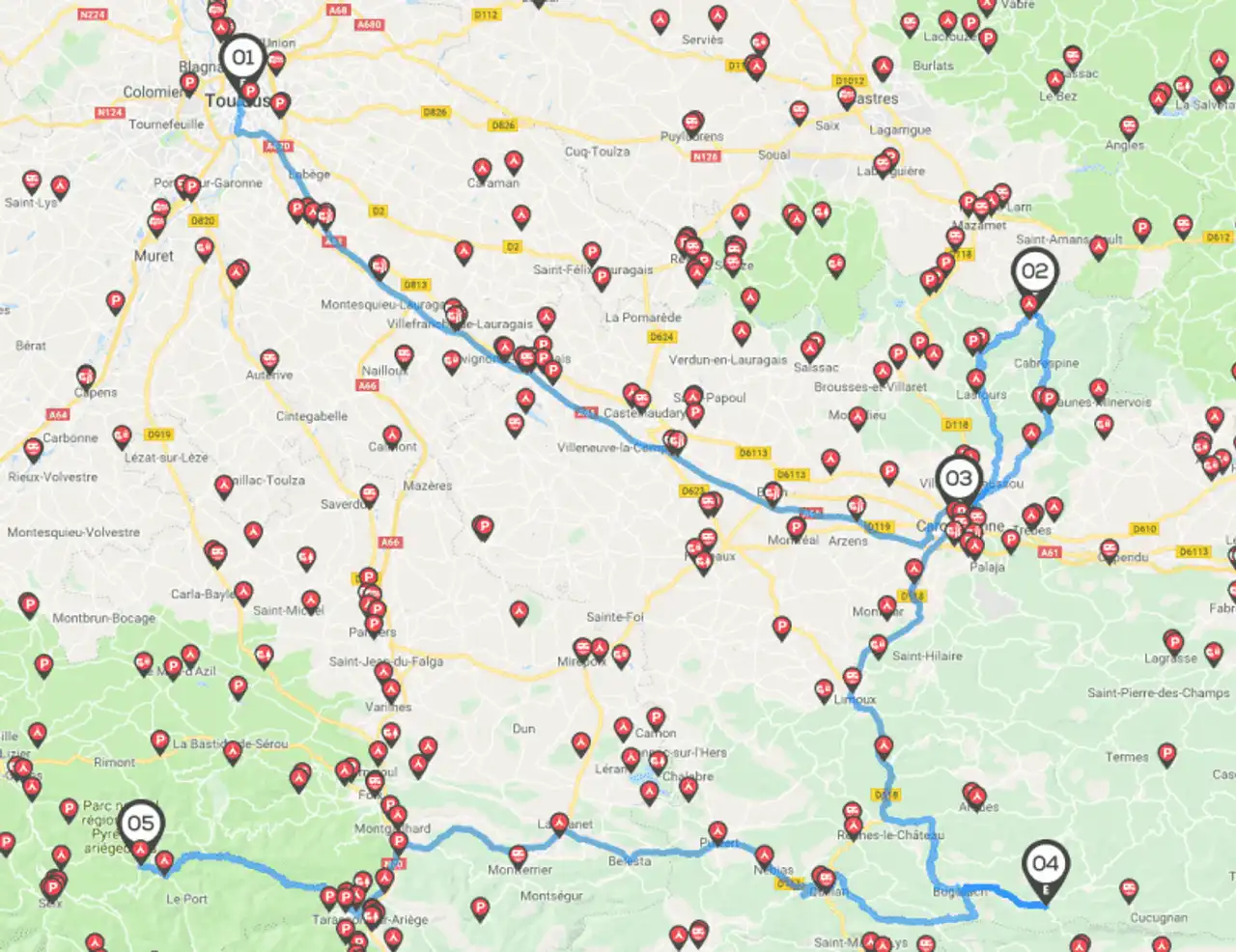
Photo credit: Caramaps
- Bordeaux, the Dune du Pilat, Bassin d’Arcachon, the Landes coast, the wild coast, the island of Oleron, the island of Re
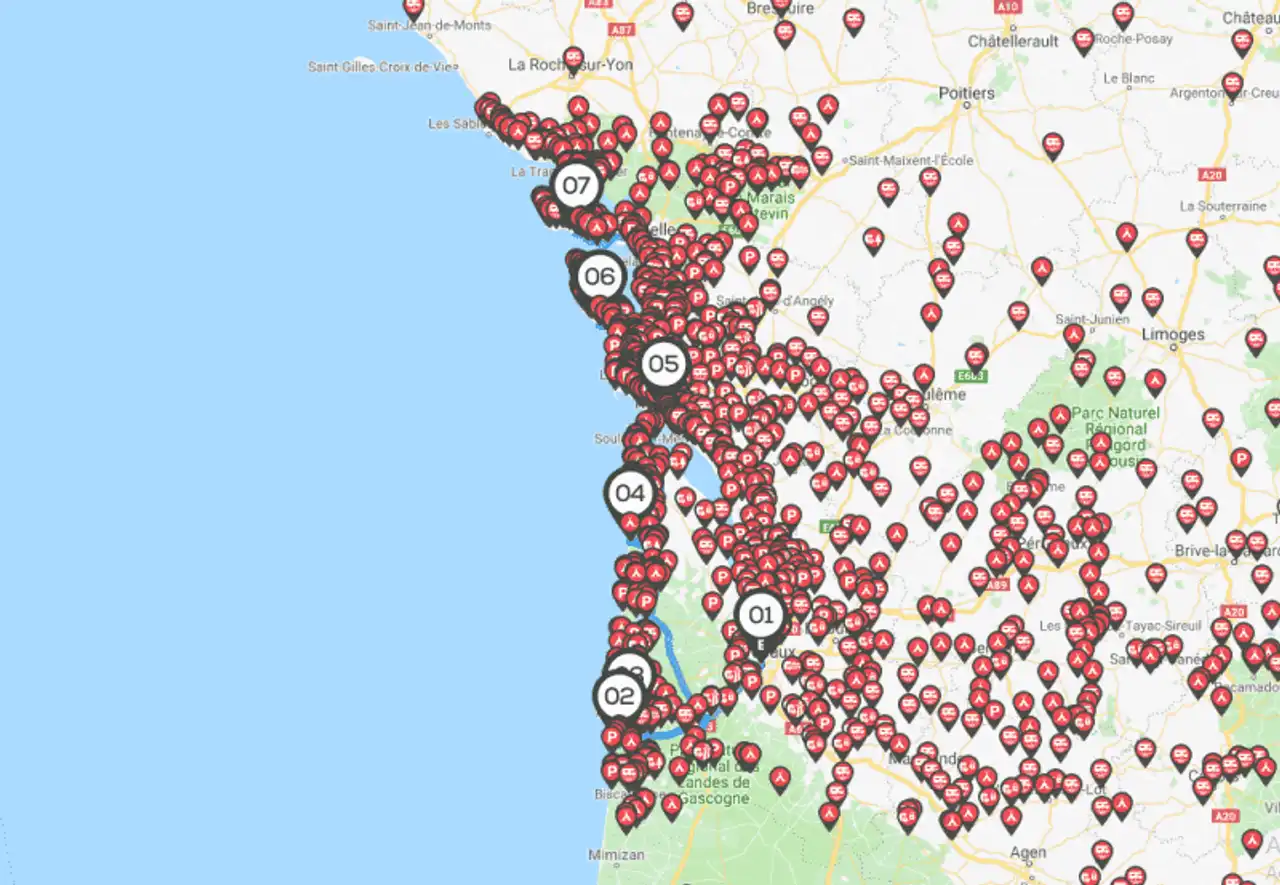
Photo credit: Caramaps
- From Paris: the large tides of the Cotentin, the beaches of the Débarquement, the Mont-Saint-Michel, the villages of the Breton coast, Rennes, Nantes
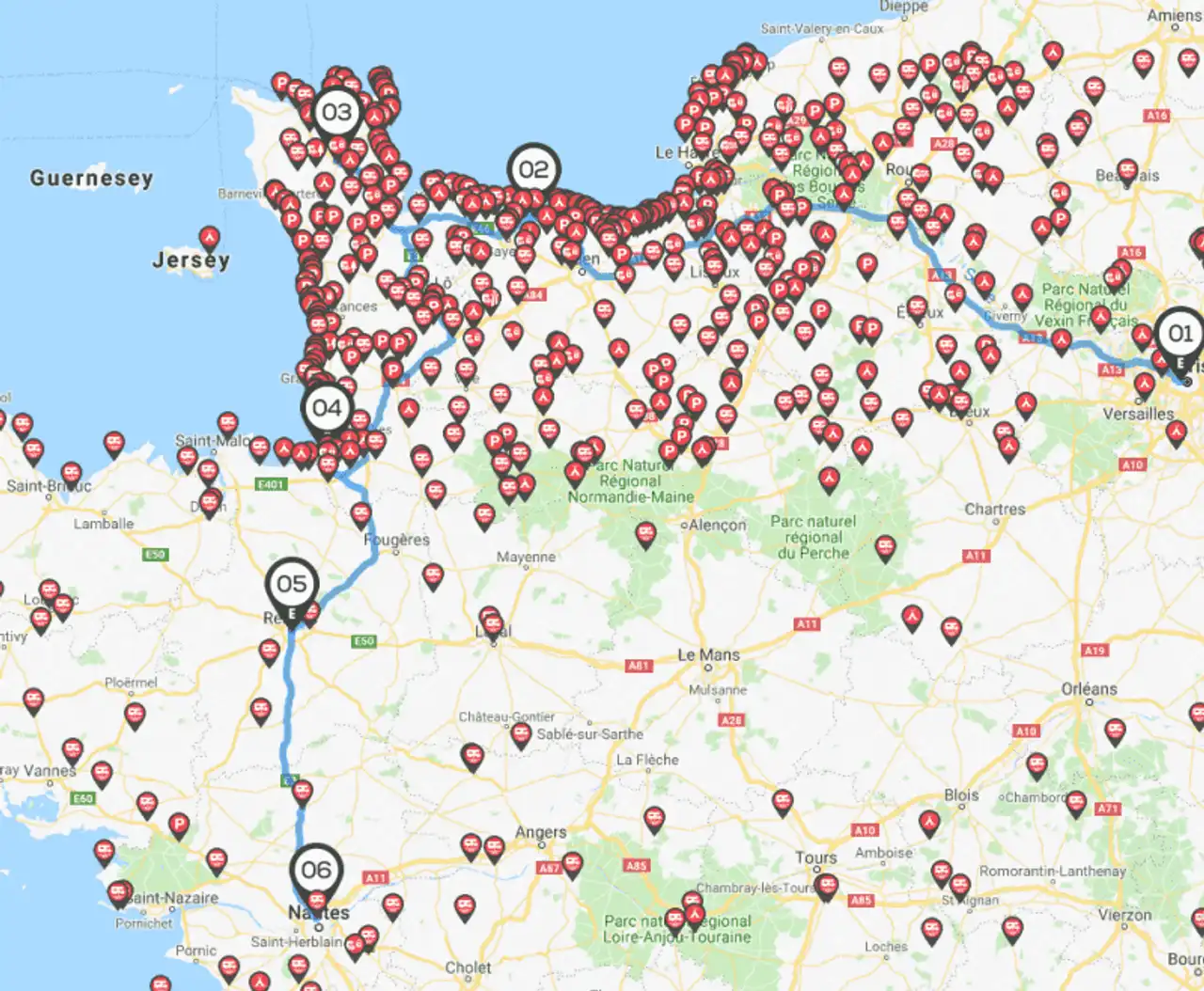
Photo credit: Caramaps
- Grand-Est : Reims and the routes of the wines of Champagne, the Ballons des Vosges, Strasbourg, Colmar, Mulhouse, the wines of Alsace, etc.
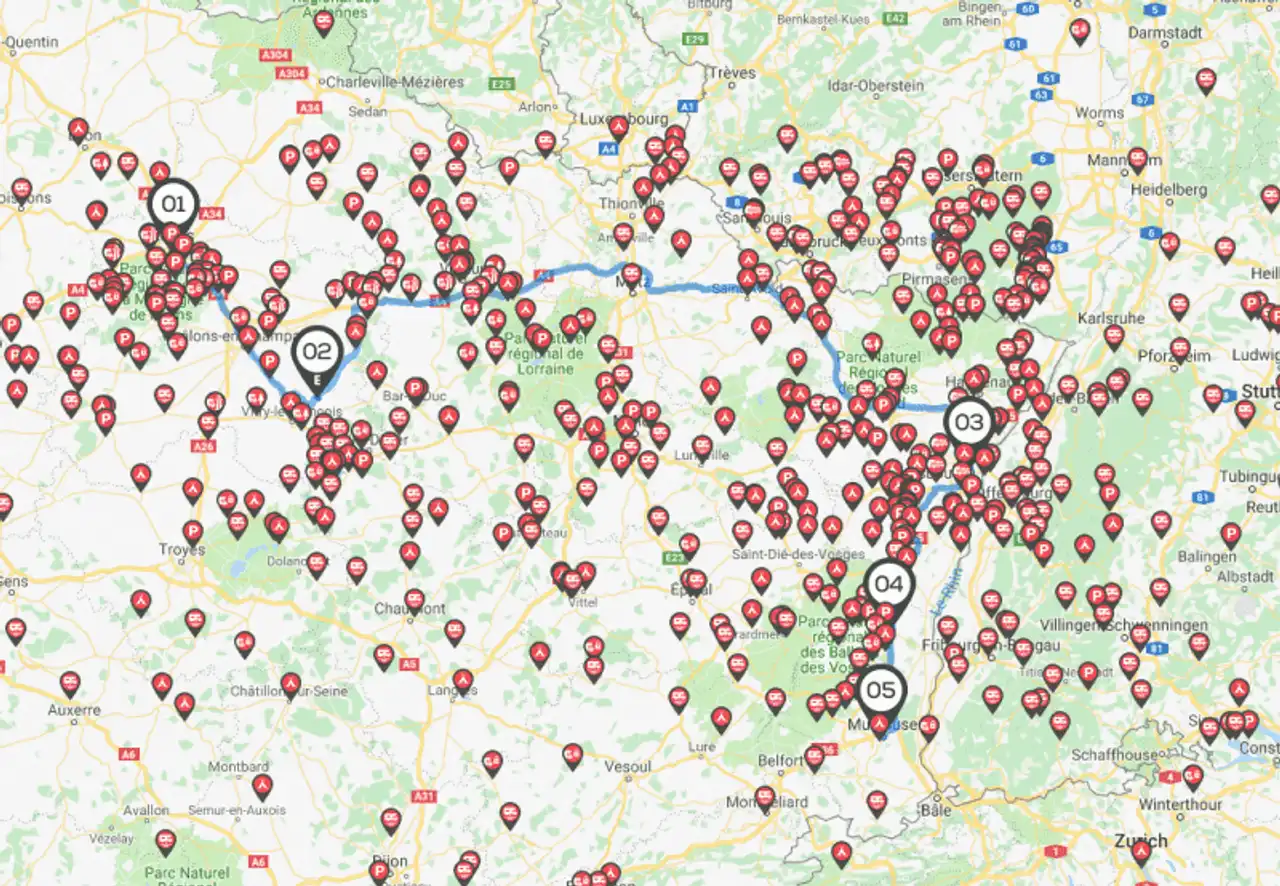
Photo credit: Caramaps
Our best advice is to restrict you to a geographical area according to your dates. Visiting France in camping-car or in furnished van is also a function of the season and the weather: the climates are varied in France and the weather can be very different from one department to another.
Your itinerary depends on the duration of your trip, but France is a fast-paced country. Large metropolises are spaced, and you quickly arrive in empty areas of any dwelling, which allows you to easily find breathtaking places of nature where to go.
How and where to rent a motorhome in France?
It is now easy to rent a motorhome in France. How? By passing through interrelationship platforms between tenants ( yourself) and particular camper owners as Yescapa For example.
How does it work?
-
Start by choose the motorhome in your city (For example Bordeaux, Nantes, Toulouse, Paris, Montpellier or Marseille).
-
Careful choose unlimited mileage, to check the number of beds available and if it is possible to travel abroad.
-
Perform one online rental request and share your travel information (dates, rental options, mileage, etc.) to the owner.
-
If your application is accepted, you will have after payment access to the owner's contact information to set up a First meeting.
-
On the day of departure, present your driver's license and pour the bail.
-
L’status of premises is executed and a lease is signed between the two parties. On return, after having made an unforgettable road trip, sign the state of the return places and the tour is played!
Rent a motorhome near you
Driving in France by motorhome : the rules of traffic to know
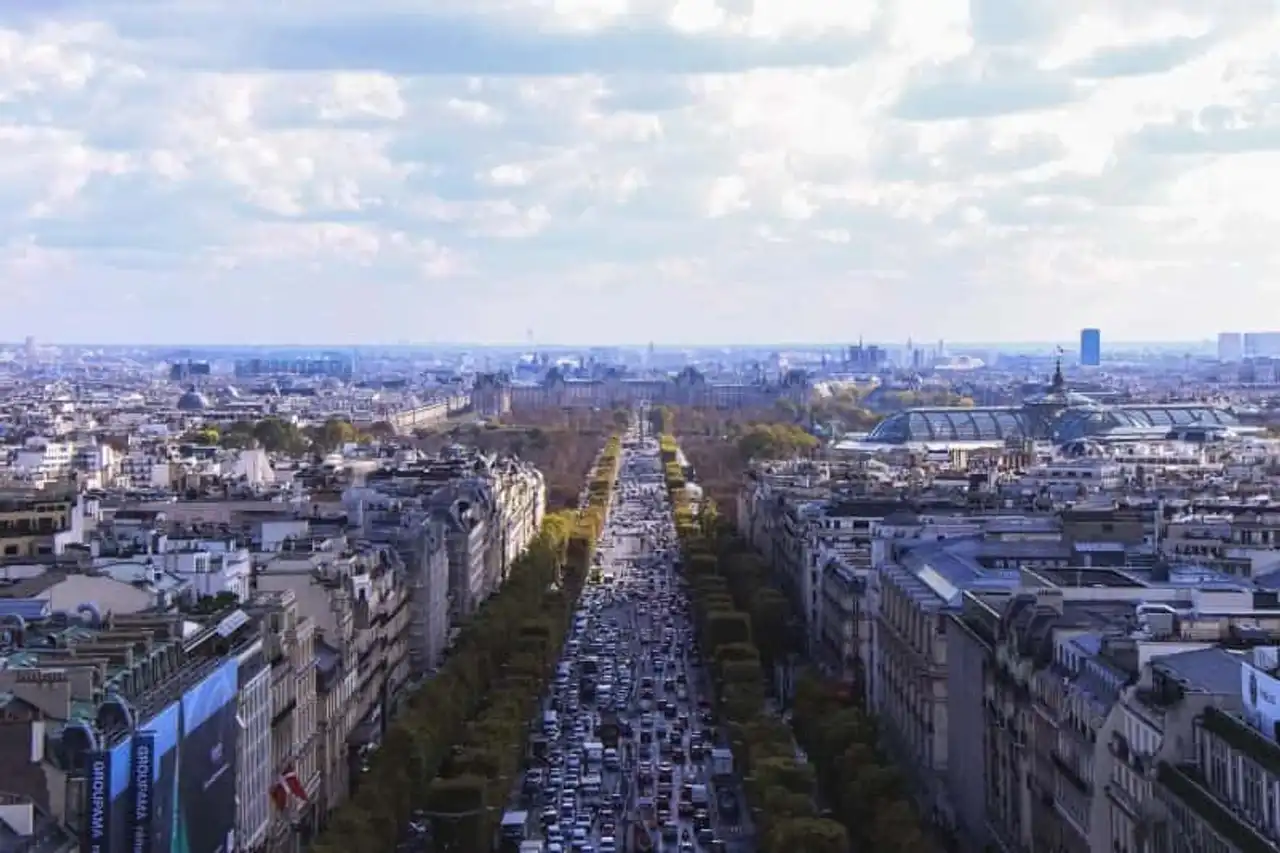
A motorhome is considered as a car from a point of view of the law: to visit France by camping-car, we therefore apply the same provisions of the road code as a car:
- The driver’s license is permit B (up to 3.5 tonnes),
- On the way, each passenger must fasten his seat belt,
- Not being overloaded,
- Respect the road code: same speed limits, same traffic rules as cars (notably that territorial authorities may impose special prohibitions by municipal or prefectural decrees on their territory: the panels, in this case, may be specific to motorhomes).
In France, motorhomes can park on regular car pitches. He is allowed to sleep in his camper for bivouaquer, but it is strictly forbidden to make wild camping. The difference?
The boundaries between the two practices are porous. In short, sleeping in a parking space is legal, installing a stove or chairs on the public track is reprehensible. A trick to make camping wild and that we practice ourselves: ask the owner of a path or a field if you can stay for a while on his property, and you will not risk a fine!
The speed limits in France are:
- 50 km/h in agglomeration,
- 80 km/h on double-way roads,
- 110 km/h on separate roads (100 km/h per weather),
- 130 km/h on highways (110 km/h in case of inconvenience).
In France, alcohol consumption is limited to 0.5 g/l (0.2 g/l for young drivers): clean your elbow lift!
Finally, driving a motorhome logically requires more precautions than a car due to weight and volume. Adapt your speed according to the road, especially since in France, motorists like speed and unplay the law of the ministry as soon as they have a wheel in their hands.
Motorway pass in France: what price for your motorhome category?
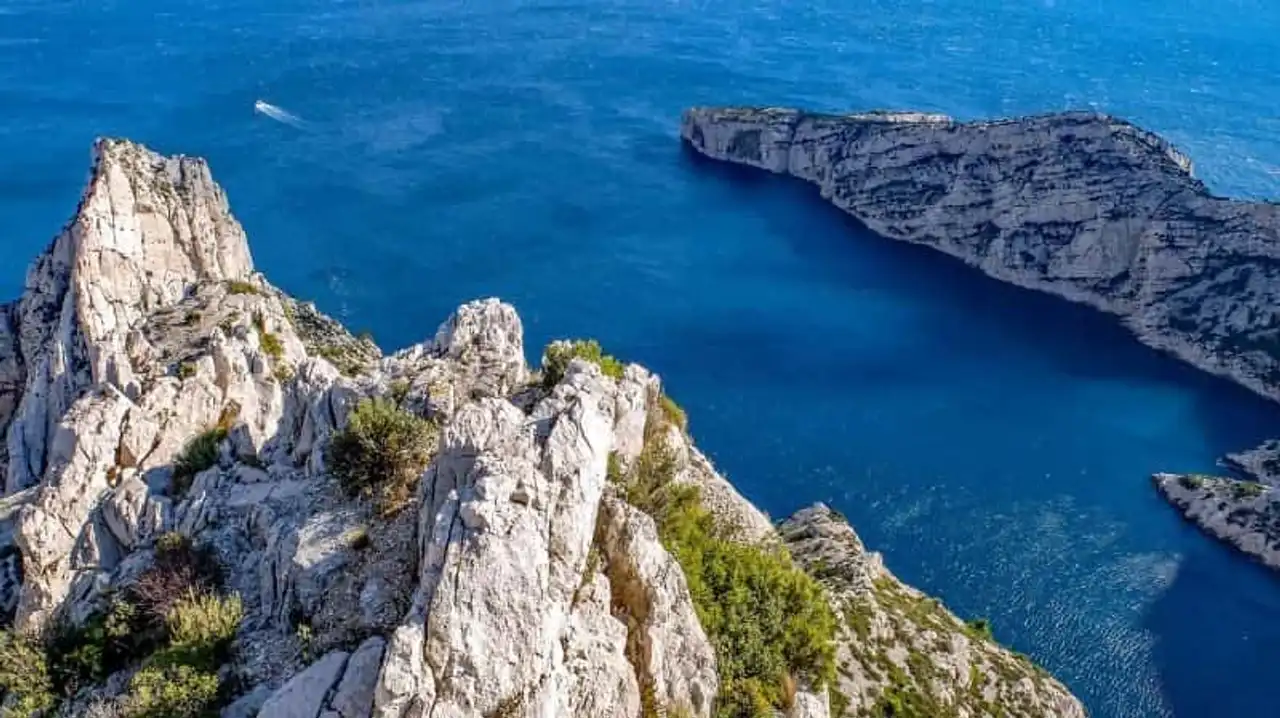
Visiting France by camping-car or furnished van allows you to take 1,073,500 kilometers of various tracks, from national roads to private highways. Apart from Brittany and 2,600 kilometers of free motorway sections, like the A75 between Montpellier and Clermont-Ferrand, most of the highways are from the waves (very described) of privatizations launched from 2002, managed by private concessions (Vinci, ASF, Paris-Rhin-Rhône motorways, etc.): nearly 9,000 kilometers of highways therefore have toll sections.
For the rest, communication routes extend their tentacles over 9,600 kilometres of national roads, 366,000 kilometres of departmental roads and 673,300 kilometres of communal roads. Secondary roads are a good alternative, especially in the summer, because the A7, the A6, the A8 and the A9 in the south are regularly bottled and accidental.
If you have to take the highway to visit France in motorhome, several toll payment systems are possible: subscription to telepedoing, credit card and cash (more and more rare). The most common system is to stop at the toll terminal to remove a ticket, then stop off the highway exit to pay the amount corresponding to the distance travelled.
The Television is convenient for people taking the highway regularly, at least once a month. As you go to France on a camping-car, you will be subject to the price of vehicles with a height of between 2 and 3 meters and whose PTAC is less than 3.5 tons. For example, here are some toll rates on the largest axes in 2019:
- Paris-Lyon (A6) : 55,4 €
- Lyon-Montpellier (A7-A9) : 43,2 €
- Marseille-Paris (A7-A6) : 95,5 €
- Caen-Paris (A13) : 24 €
- Nantes-Bordeaux (A83-A10) : 44,7 €
- Bordeaux-Toulouse (A62) : 31,9 €
- Bordeaux-Lyon (A89) : 83,9 €
- Toulouse-Montpellier (A61) : 36,7 €
- Lyon-Chamonix (A42-A40) : 33,5 €
- Paris-Nice (A6-A7-A8) : 122,9 €
- Aix-en-Provence-Nice (A8) : 27,4 €
Crossing and visiting France on a motorhome by the highway is therefore rather expensive!
Campsites in France : where to park ?
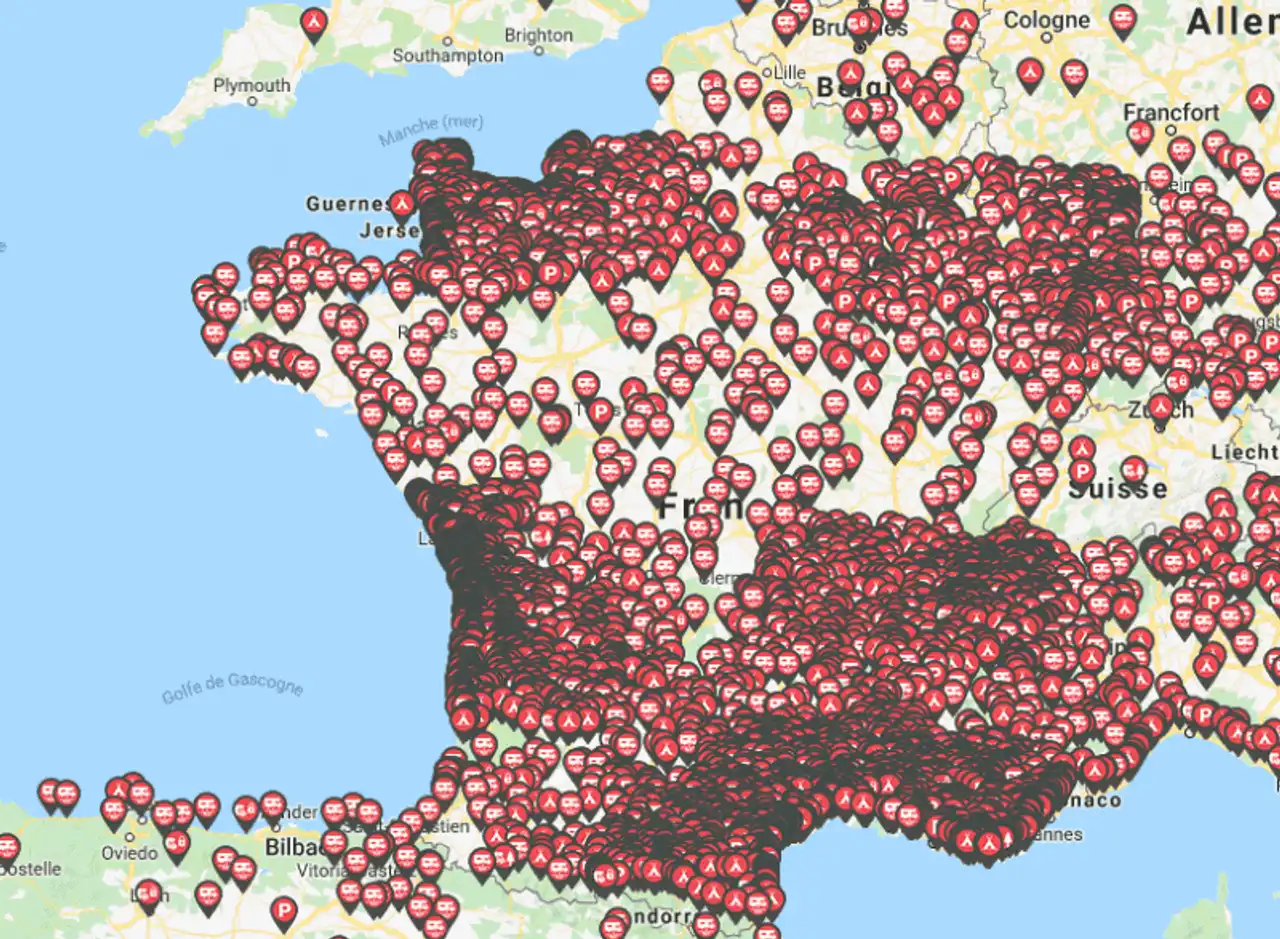
Photo credit: Caramaps
As we have said, camping wild in France is forbidden, and regulated by a decree dating from the 28 December 2015 . However, many places allow you to park and sleep on site, especially in campsites, on dedicated parking lots and on camper-car areas.
In a small furnished van, you can try to park along the beaches and in the regional natural parks (by making sure to be safe from the eyes and from any dwelling). As long as nothing forbids parking, it is always possible to stop there to sleep (don’t go out cales, parable antennas and camping tables!).
Finally, if you are connected and digital travelers, a mobile app will be very useful: Park4night . It shares the spots – with photos of each spot – where travellers are gone: natural areas, fields, wild paths, edges of beaches, forests, parking areas, camper areas, campsites: you can therefore see where to park according to your geolocation, by drastically reducing the risk of fine for wild camping... To find out where to park and sleep safely, several websites can be useful: Campercontact or Caramaps .
Prepare your trip to France in Camping-Car
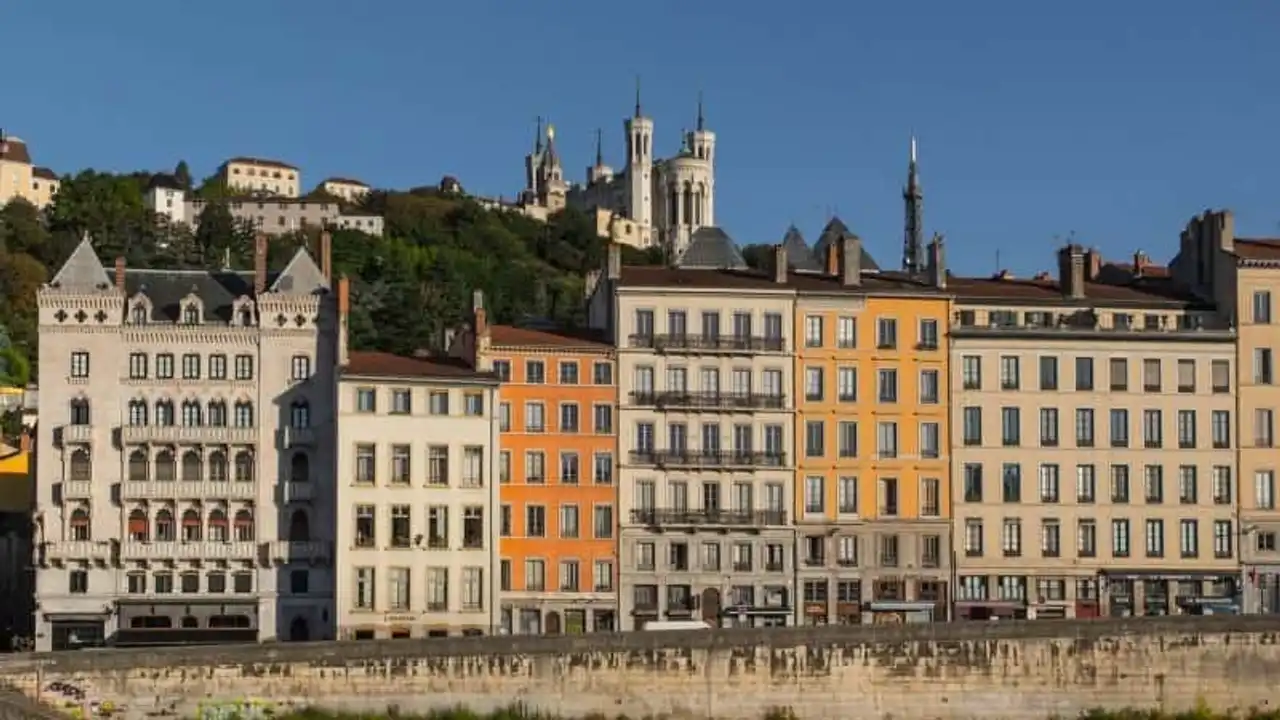
Preparing for a trip to France by camping-car is also to think of all that will have to be carried in the vehicle. It happens in our preparations that we are head in the air and that we forget essential things. Here is a list of things to take and do before leaving:
- Sunglasses, sun cream
- Bathroom bags
- Mobile Application Panel: Waze (GPS), Park4night, tourist maps and guides
- Cables and battery chargers telephone
- Rescue kit (pansements, antiseptic, Betadine, etc.)
- Anti-moustic pulse
- Toilet paper
- Cleaning wipes
- Liquids (dish, soap, shower, shampoo)
- Camping kitchen battery
- Gas refill and refill
- Bonbonnes d’eau
- Small board games, dice and card games (for rainy days)
- Duvets and blankets, etc.
Think about taking clothing adapted to the season, nights can sometimes be fresh even in summer in mountainous areas.
Rent a motorhome near you
What is the best time to travel by camping-car in France?
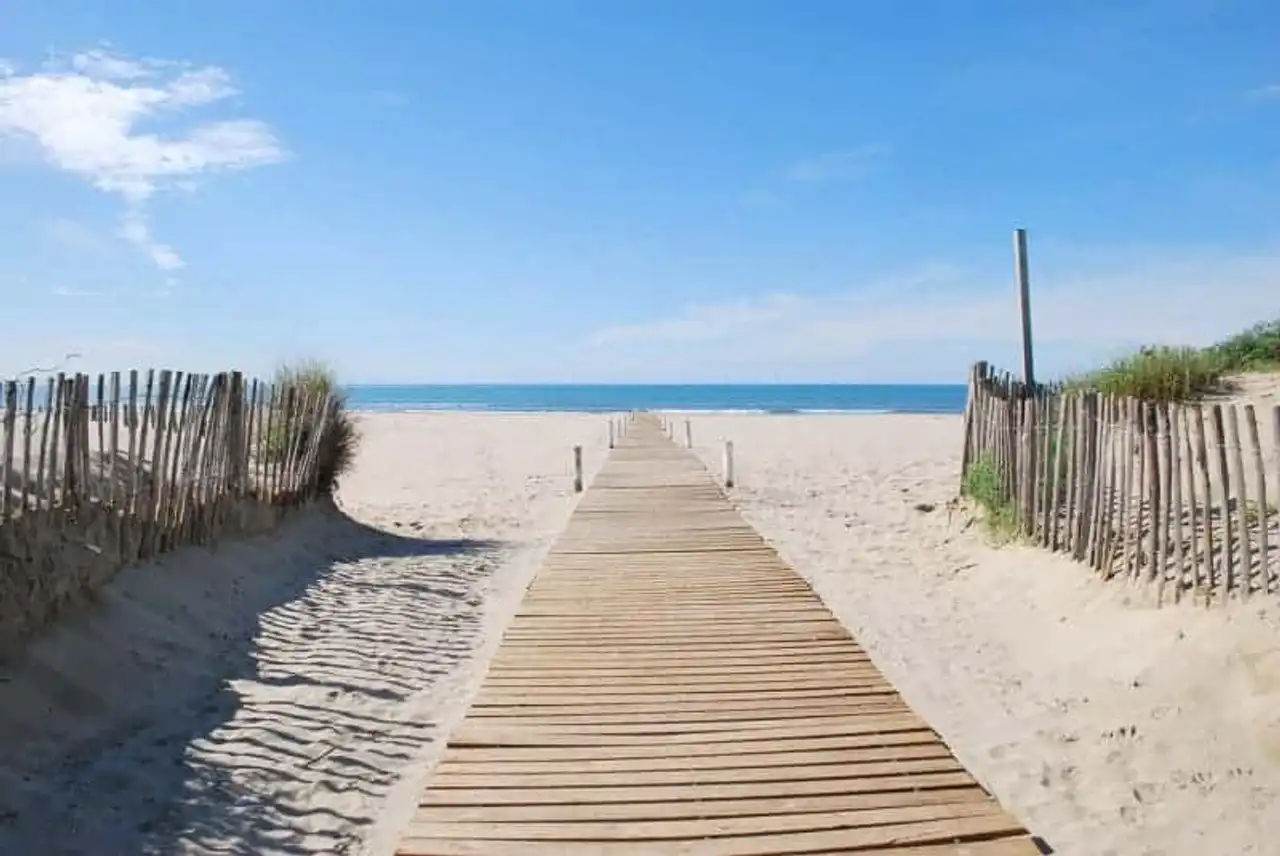
We could answer “every year! » . Certainly, the best time to visit France in camping-car is spring and autumn season: it is not cold, it can even hot in the Midi, and there are few tourists.
To visit the north of France, it is best to go in the summer. But the climates are varied in France: check the weather according to the region we go.
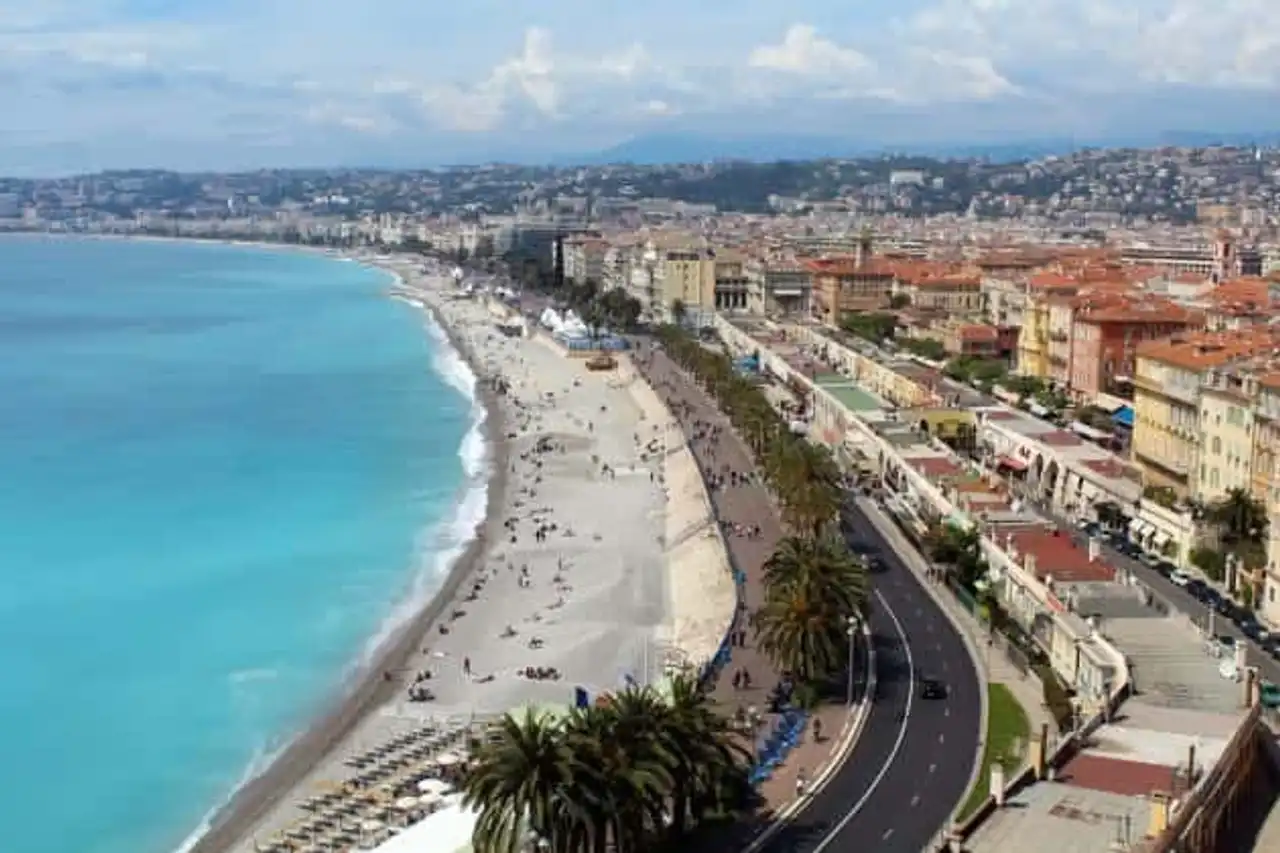
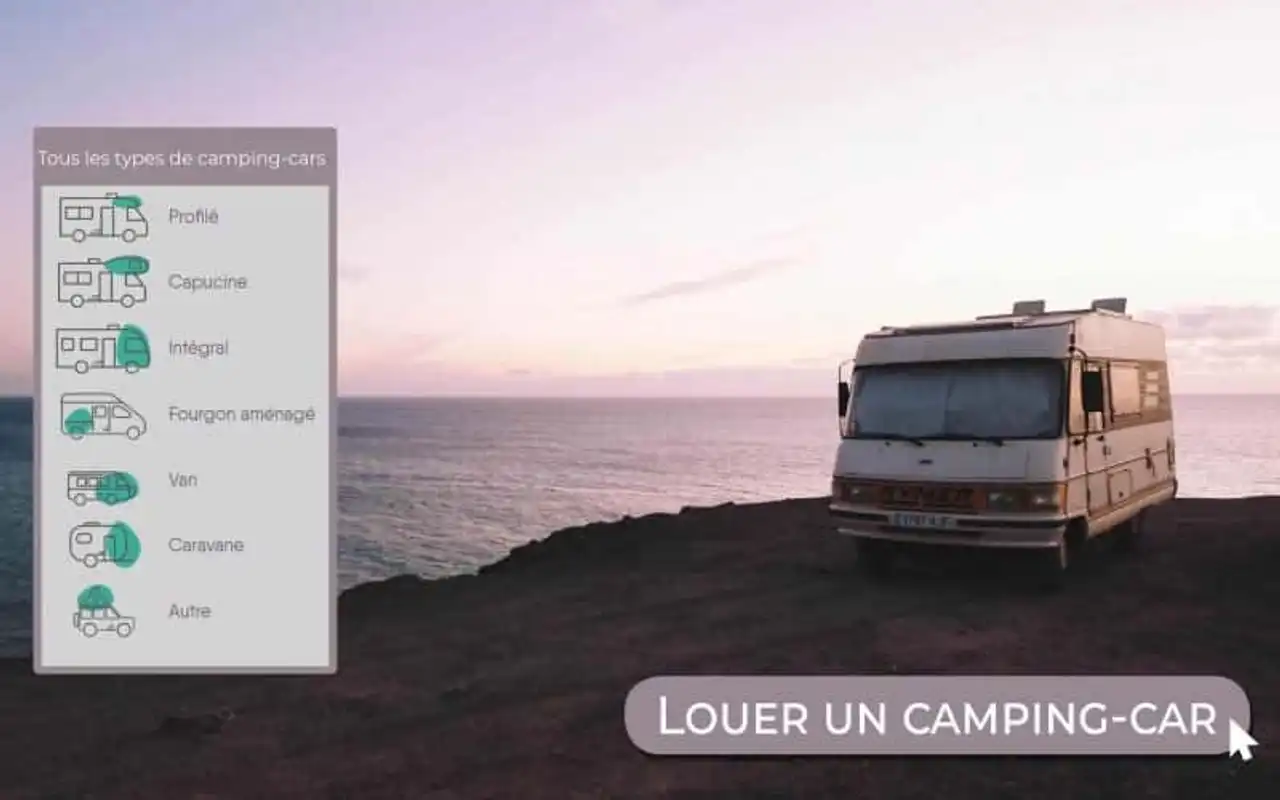




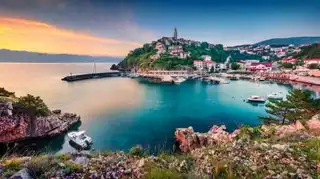

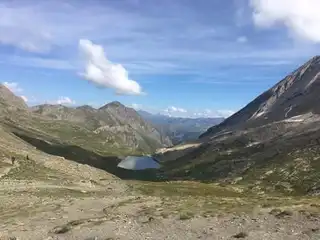
Loading comments ...